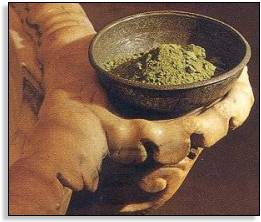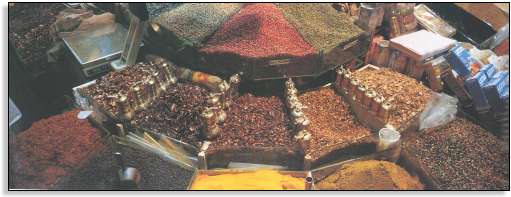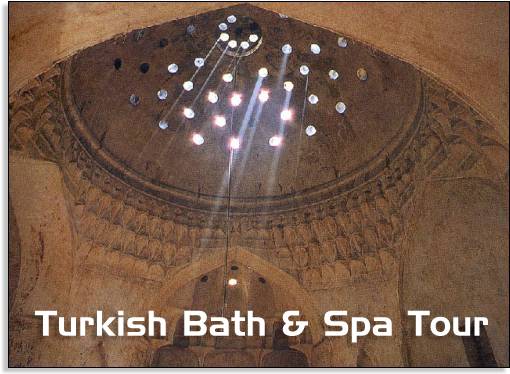 |
|
|||||||||||||||||||||||||||||||||||||||||||||||||||||||||||||||
TURKISH BATH AND SPA TOUR
| |||||||||||||||||||||||||||||||||||||||||||||||||||||||||||||||
|---|---|---|---|---|---|---|---|---|---|---|---|---|---|---|---|---|---|---|---|---|---|---|---|---|---|---|---|---|---|---|---|---|---|---|---|---|---|---|---|---|---|---|---|---|---|---|---|---|---|---|---|---|---|---|---|---|---|---|---|---|---|---|---|
If you are stressed out tired, or want to have fun with your friends at a place where time seems like have stopped, try a Turkish Bath. The Romans had grapes in one hand and wine in the other while they were enjoying their baths 2,000 years ago.When you are in Rome do like the Romans. When you are in Turkey, bath like the Turks have for centuries. |
|||||||||||||||||||||||||||||||||||||||||||||||||||||||||||||||
Pause here to read a fascinating History of Turkish Baths. The process starts in the "Hot" room. The Romans called it the calderium, the Turks call it the SICAKLIK. Just sit on the marble and pour water over yourself. As you relax with the moderate heat (not as hot as sauna) and water, it seems like it is only natural to start singing. They say that any voice will sound good under the dome of the Turkish bath. The copper bowls with a little dimple in the middle will clack on the marble once in a while. The sound will be like a percussion in a badly conducted orchestra. But soon you will be so relaxed even that sound will not bother you. When the skin is softened enough you will move to your next spot. The big marble set in the middle of the bath is called the Navel Stone. Lay on it and let your body be treated by the expert hands. You will be scrubbed with a " kese." The dead skin will come out like tootsy rolls. Then you will be soaped and massaged. When the washing part is finished the pleasure of being in the Turkish bath is not finished yet. You will be wrapped in colourful Pestemals (Turkish Towel). While you are sitting in the cold part of the bath, the frigidarium, you will be served tea to complete the most relaxing experience in your life.  You will smell the clean smell of the olive oil soap and your skin will fell like a baby when you leave the hundreds of years old Turkish bath. If ladies want to color their hair with henna (pictured in the cup), a Turkish bath is the right place to do it If this were a text for a riddle the question could have been, "name at least seven things that you would see people making if you were taking a Turkish Bath tour and also try to see related crafts of Turkey." The answer would have been, "we will see marble workers making basins. We will see weavers making towels and pestemals. We will visit olive orchards and family run soap factories. We will buy henna from the Spice market where henna has been sold for 800 years and more. |
|||||||||||||||||||||||||||||||||||||||||||||||||||||||||||||||
 Spices displayed in the Istanbul Spice Market |
|||||||||||||||||||||||||||||||||||||||||||||||||||||||||||||||
|
|||||||||||||||||||||||||||||||||||||||||||||||||||||||||||||||
|
|||||||||||||||||||||||||||||||||||||||||||||||||||||||||||||||










